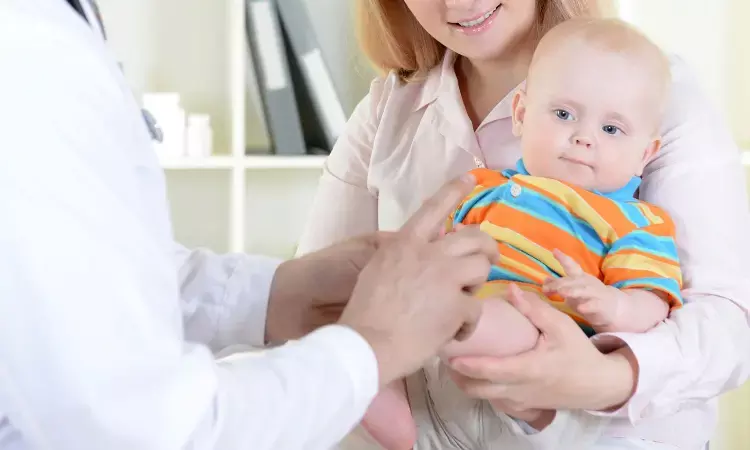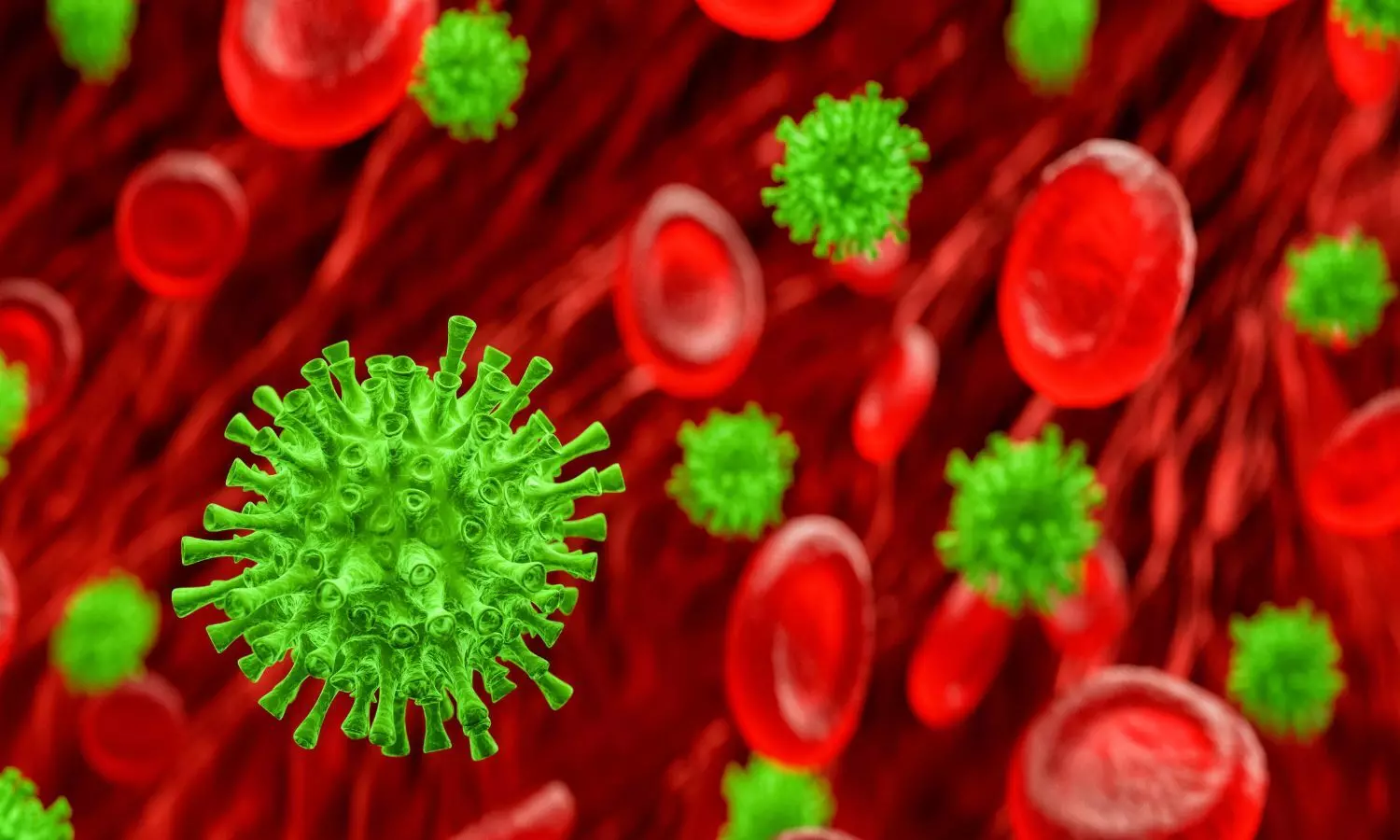- Home
- Medical news & Guidelines
- Anesthesiology
- Cardiology and CTVS
- Critical Care
- Dentistry
- Dermatology
- Diabetes and Endocrinology
- ENT
- Gastroenterology
- Medicine
- Nephrology
- Neurology
- Obstretics-Gynaecology
- Oncology
- Ophthalmology
- Orthopaedics
- Pediatrics-Neonatology
- Psychiatry
- Pulmonology
- Radiology
- Surgery
- Urology
- Laboratory Medicine
- Diet
- Nursing
- Paramedical
- Physiotherapy
- Health news
- Fact Check
- Bone Health Fact Check
- Brain Health Fact Check
- Cancer Related Fact Check
- Child Care Fact Check
- Dental and oral health fact check
- Diabetes and metabolic health fact check
- Diet and Nutrition Fact Check
- Eye and ENT Care Fact Check
- Fitness fact check
- Gut health fact check
- Heart health fact check
- Kidney health fact check
- Medical education fact check
- Men's health fact check
- Respiratory fact check
- Skin and hair care fact check
- Vaccine and Immunization fact check
- Women's health fact check
- AYUSH
- State News
- Andaman and Nicobar Islands
- Andhra Pradesh
- Arunachal Pradesh
- Assam
- Bihar
- Chandigarh
- Chattisgarh
- Dadra and Nagar Haveli
- Daman and Diu
- Delhi
- Goa
- Gujarat
- Haryana
- Himachal Pradesh
- Jammu & Kashmir
- Jharkhand
- Karnataka
- Kerala
- Ladakh
- Lakshadweep
- Madhya Pradesh
- Maharashtra
- Manipur
- Meghalaya
- Mizoram
- Nagaland
- Odisha
- Puducherry
- Punjab
- Rajasthan
- Sikkim
- Tamil Nadu
- Telangana
- Tripura
- Uttar Pradesh
- Uttrakhand
- West Bengal
- Medical Education
- Industry
Local Anesthetic Systemic Toxicity rare in children but may prove fatal

New research revealed that local anesthetic (LA) systemic toxicity (LAST) is rare but may frequently exhibit neurological and cardiac signs in children. The study was published in the journal BMC Pediatrics.
Local anesthetics in the pediatric population can produce severe systemic toxicity after intravenous absorption from the injection site (topical, or subcutaneous). These can occur within an hour or sometimes many hours later and can be fatal. Despite the dosages, children should be monitored for an hour after LA administration. As the factors associated with systemic reactions are poorly understood, researchers conducted a study to characterize the clinical profile of pediatric local anesthetic (LA) systemic toxicity (LAST) and to identify determinants of life-threatening outcomes.
The French Pharmacovigilance Network received spontaneous reports, which were then retrieved and reviewed on a case-by-case basis by the following standards:
LA as a suspected drug, |
age < 18 years, |
adverse drug reactions related to the nervous system, cardiac, respiratory, psychiatric, or general disorders. |
The elements that can result in a life-threatening reaction like persistent seizures or cardiorespiratory arrest, were determined by multivariate logistic regression analysis.
Key findings:
- Among 512 cases retrieved, 64 LAST cases included neonates 11%, infants 30%, children 36%, and adolescents 23%.
- The anesthetics involved mainly were lidocaine (47%), lidocaine + prilocaine (22%), and ropivacaine (14%).
- Toxicity profiles were neurological (58%), cardiac (11%), or mixed (20%), and seven patients (11%) developed methemoglobinemia.
- LAST was life-threatening for 23 patients (36%) and two died.
- In 26 patients (41%), the doses were above recommendations and were not different between life-threatening and non-life-threatening cases.
- A life-threatening outcome was independently linked with the usage context (general and orthopedic surgery, p = 0.006) and the kind of LA agent (lidocaine, p = 0.016).
Thus, according to the comparatively small number of instances reported over more than 30 years at a national level, LAST in children appears to be a rare occurrence. Most of them occur in less than an hour after administration. Hence early management requiring special care is essential.
Further reading: Schweitzer-Chaput, A., Callot, D., Bouazza, N. et al. Local anesthetics systemic toxicity in children: analysis of the French pharmacovigilance database. BMC Pediatr 23, 321 (2023).https://doi.org/10.1186/s12887-023-04126-7
BDS, MDS
Dr.Niharika Harsha B (BDS,MDS) completed her BDS from Govt Dental College, Hyderabad and MDS from Dr.NTR University of health sciences(Now Kaloji Rao University). She has 4 years of private dental practice and worked for 2 years as Consultant Oral Radiologist at a Dental Imaging Centre in Hyderabad. She worked as Research Assistant and scientific writer in the development of Oral Anti cancer screening device with her seniors. She has a deep intriguing wish in writing highly engaging, captivating and informative medical content for a wider audience. She can be contacted at editorial@medicaldialogues.in.
Dr Kamal Kant Kohli-MBBS, DTCD- a chest specialist with more than 30 years of practice and a flair for writing clinical articles, Dr Kamal Kant Kohli joined Medical Dialogues as a Chief Editor of Medical News. Besides writing articles, as an editor, he proofreads and verifies all the medical content published on Medical Dialogues including those coming from journals, studies,medical conferences,guidelines etc. Email: drkohli@medicaldialogues.in. Contact no. 011-43720751



